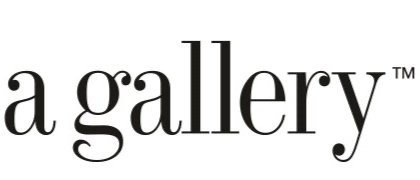Think clearly, go beyond our biases, explore other perspectives.
Asking the right questions is an art. It’s what enables us to think clearly, go beyond our biases, explore other perspectives and build relationships by showing a curiosity to learn from others. When we ask questions that solicit a yes or no response, we do not give an opportunity to the other person to engage in deliberate thinking, share their experience or find connection through a meaningful conversation.
Open ended questions are packed with curiosity. They are asked with the intent to gain deeper insight about the problem, inquire our own thoughts and explore a different perspective. It encourages open mindedness to gather relevant data, learn new information, refine our beliefs and shift our approach to how we view the world and people in it
Great leaders should be the optimal blend of creative and analytical. They should represent a constant balance between the right and left brain. They should take great pride in trying something new knowing that there is risk but also great reward. An Art Thinking mindset doesn’t mean abandoning the analytical side; it just dares you to think beyond immediate metrics and traditional practices – it allows freedom of thought.
Art thinking stakes out more space for the unknown, the untested, and the not yet commercialized as read in the two following examples.
Pablo Picasso
Demolishing the traditional conception of pictorial space, Picasso and Braque painted objects as facets of an analysis, rather than as unified objects; they wanted to paint as they thought, not as they saw. This period of their work is called Analytical Cubism, and Picasso's work in this style formed a kind of progression over the years. What we see is the logical development of a single, powerful idea, pushed as far as Picasso could take it.
Cubism's next innovation–again, a joint effort between Picasso and Braque–was Synthetic Cubism. Here, the defining characteristic was collage, a technique never before used in fine art. This new method allowed Picasso to play with the bits and pieces of modern life, the handbills and the newspapers and other such detritus of the metropolis, which had never before been satisfactorily incorporated into the visual arts.
Elon Musk
In 2002, Musk began his quest to send the first rocket to Mars—an idea that would eventually become the aerospace company SpaceX. He ran into a major challenge right off the bat. After visiting a number of aerospace manufacturers around the world, Musk discovered the cost of purchasing a rocket was astronomical—up to $65 million. Given the high price, he began to rethink the problem.
“I tend to approach things from a physics framework,” Musk said in an interview. “Physics teaches you to reason from first principles rather than by analogy. So I said, okay, let’s look at the first principles. What is a rocket made of? Aerospace-grade aluminum alloys, plus some titanium, copper, and carbon fiber. Then I asked, what is the value of those materials on the commodity market? It turned out that the materials cost of a rocket was around two percent of the typical price.”
Instead of buying a finished rocket for tens of millions, Musk decided to create his own company, purchase the raw materials for cheap, and build the rockets himself. SpaceX was born. Within a few years, SpaceX had cut the price of launching a rocket by nearly 10x while still making a profit. Musk used first principles thinking to break the situation down to the fundamentals, bypass the high prices of the aerospace industry, and create a more effective solution.
